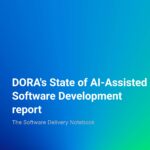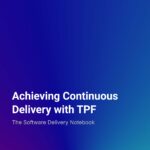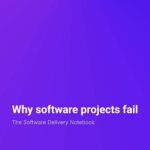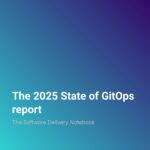
DORA has published their latest report and it goes deep into AI-Assisted Software development. It covers the extent of adoption, how it moves the needle on outcomes, and (crucially) what you need in place if you want to succeed.
As well as thoughtful and thorough analysis on software delivery with AI assistance, the report also looks at different team types and how throughput and stability happen together, not in conflict with each other.
Burnout, friction, and instability are on the list of things to watch out for, so find out how you can avoid amplifying the bad stuff, and boost the positive outcomes instead.








